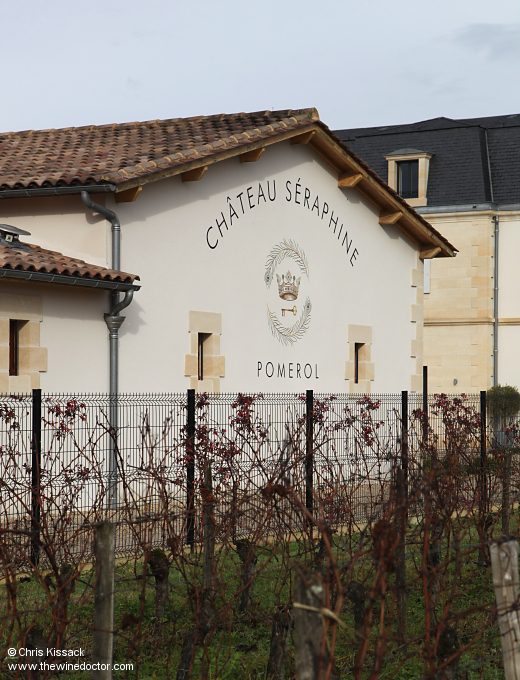Château Séraphine
At first glance, the 2017 appearance of a new property in Pomerol, Château Séraphine, seemed set to overturn centuries of scientific thinking.
Two millennia ago the predominant belief was that life on Earth sprang from inanimate objects. Mud could turn into frogs, mouldy straw begat mice, and trees (and no doubt vines) grew by eating the very earth on which they stood. It was a belief system promulgated by Aristotle himself, and sixteen centuries would pass before alternative theories regarding the origin of living things would usurp it. The experiments of the Flemish scientist Jan Baptist van Helmont (1580 – 1644) and the Italian physician Francesco Redi (1626 – 1697) were fundamental in ending the belief in spontaneous generation.
In 2017, however, it seemed as though modern thinking could be overturned by the apparently spontaneous generation of Château Séraphine (pictured) in Pomerol. Where once there was nothing, a pristine château and cellars now stood. Of course, no Pomerol property can truly be described as animate (although I can think of one or two that might make the claim, given half the chance) but I hope you will overlook this obvious flaw in my thinking.
The individual who presided over this episode of spontaneous generation was not a Greek philosopher, a Flemish scientist, nor indeed was he an Italian physician. The man who has overseen the creation of this new property is an Englishman of Polish heritage, Martin Krajewski.

